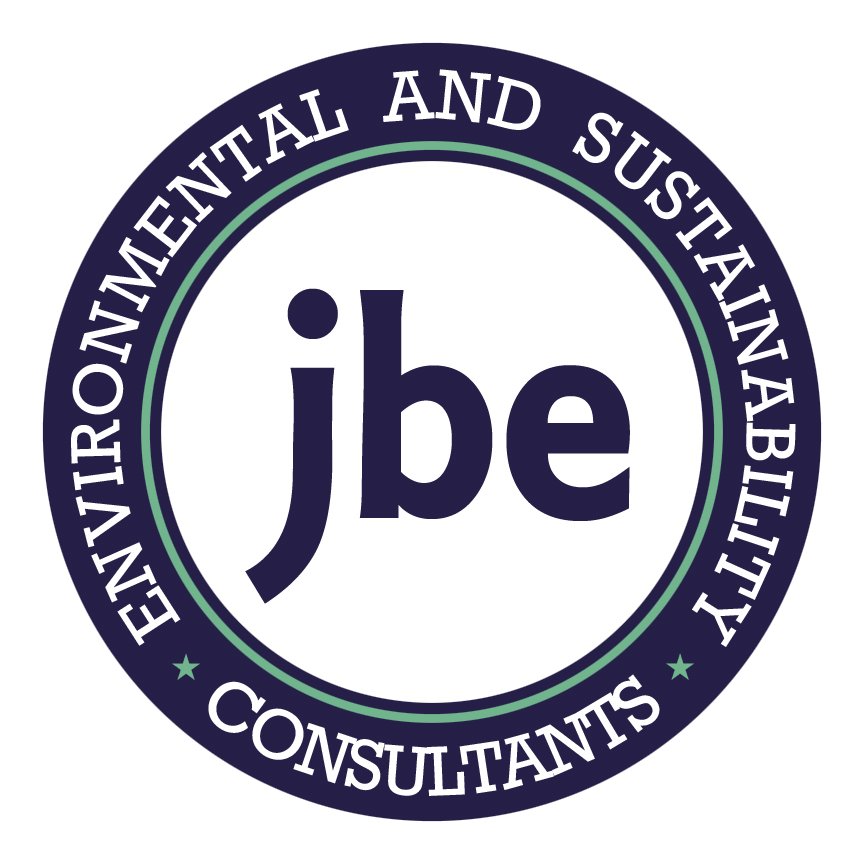Easy Way to Evaluate Potential Refinery Environmental Impacts from Crude Oil Type Changes
A refiner wanted to change their crude slate and the method of delivery of the crude. They wanted to implement the changes as soon as possible, and needed a way to quickly evaluate whether the changes would require an air permit. Unfortunately, the standard way to evaluate the impact to air emissions required the use of a proprietary model used by the refinery; the refinery had a very small number of in-house staff qualified to run the model. Because of the model’s proprietary nature they could not outsource its use. The lack of in-house modeling capability was a bottleneck in their efforts to quickly implement the changes to the crude slate and delivery. They needed a quick and non-proprietary alternative method to evaluate air emission permitting impacts.
Approach:
JBE developed a unique approach to evaluate emission impacts. We combined a refinery flow sheet we had previously developed for the refinery with the PRELIM refinery flow sheet model developed by the University of Calgary. The combination of these two tools provided a streamlined and non-proprietary evaluation engine. Together, these two tools predicted the throughput changes for each class of refinery product that could then be translated into an air emissions estimate for associated product storage tanks and loading racks.
Impact:
By using this streamlined process, the refinery was able to quickly evaluate whether the proposed changes would require a permit modification. JBE helped demonstrate that these changes could be made without a permit modification, and they were therefore able to implement there changes much more quickly than if they had waited for an internal resource to use their in-house proprietary model to evaluate the air emissions impacts, Implementing the project more quickly allowed them to increase their revenues sooner, and helped improve their bottom line.


